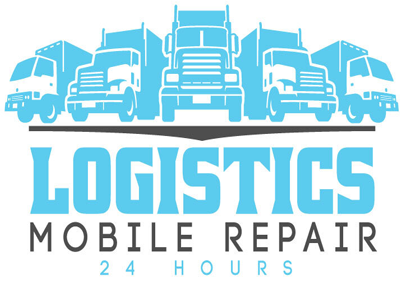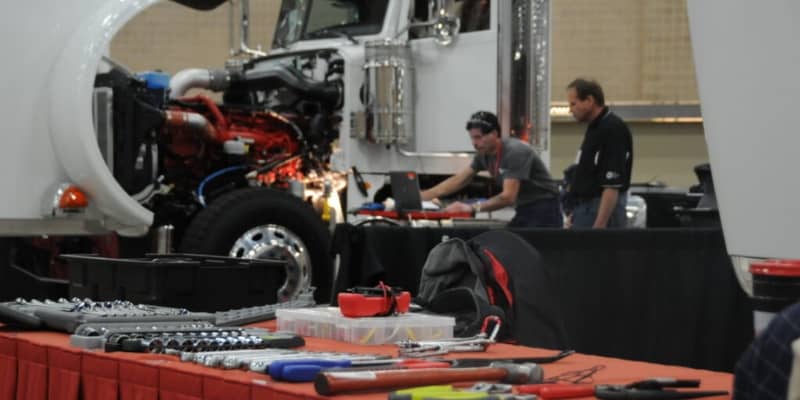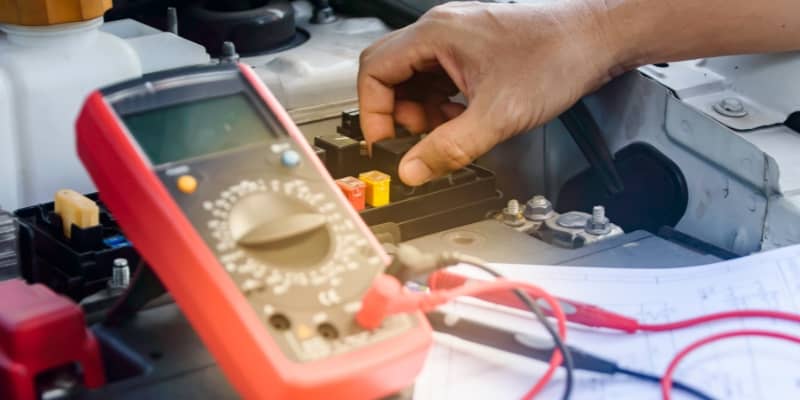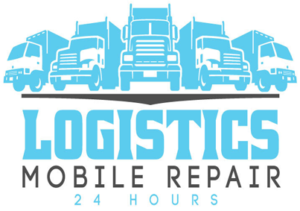Regarding logistics and transportation, having fully operational and functioning trucks is crucial. However, electrical system issues can arise unexpectedly, causing disruptions and delays in the supply chain. To minimize these setbacks and keep your trucks running smoothly, it is essential to have a troubleshooting guide for truck electrical systems. This guide will provide step-by-step instructions and tips for diagnosing and repairing common electrical issues in trucks, allowing you to quickly get back on the road and ensure the seamless flow of your logistics operations.
1. Common Truck Electrical System Components
2. Common Issues with Truck Electrical Systems
3. Step-by-step Troubleshooting Guide for Truck Electrical Problems
1. Check the battery: First, you should check the battery. Ensure it’s fully charged and the connections are clean and tight. If the battery is dead, it will need to be replaced.
2. Check the alternator: The alternator is responsible for charging the battery while the engine is running. The battery will not stay set if the alternator is not working correctly. Use a voltmeter to test the alternator output.
3. Check the starter: If the battery and alternator are working correctly, but the truck still won’t start, the starter may be the problem. Check the connections and make sure they are clean and tight. If the starter is faulty, it will need to be replaced.
4. Check the fuses and relays: If the truck’s electrical system is not functioning correctly, it may be due to a blown fuse or faulty relay. Check the fuse box and replace any blown fuses. Test the relays with a multimeter to make sure they are functioning correctly.
5. Check the wiring: It may be a wiring issue if all else fails. Check all the wiring connections and make sure they are clean and tight. Look for any frayed wires or damaged insulation. If you find any issues, they must be repaired or replaced.
4. Tips for Preventive Maintenance and Regular Inspections
1. Create a maintenance schedule: Develop a plan for routine inspections and maintenance tasks, and stick to it. This will help you identify potential problems before they become significant issues.
2. Train your employees: Make sure your employees are trained to perform basic maintenance tasks and can identify potential problems. This will help you catch issues early on and avoid costly repairs.
3. Keep records: Maintain detailed records of all inspections, repairs, and maintenance tasks. This will help you track the history of each piece of equipment and identify patterns that may indicate underlying problems.
4. Use the right tools: Ensure you have the right equipment for the job. Using the wrong tools can cause damage to the equipment and make repairs more difficult.
5. Utilizing Professional help for complex electrical issues
Conclusion
A logistics mobile repair service is a valuable asset for trucking companies. By having technicians available on the road, companies can minimize downtime and keep their operations running smoothly. This guide has provided a comprehensive troubleshooting guide for truck electrical systems, outlining common issues and solutions. By following this guide, trucking companies can effectively address electrical problems and prevent costly delays.







